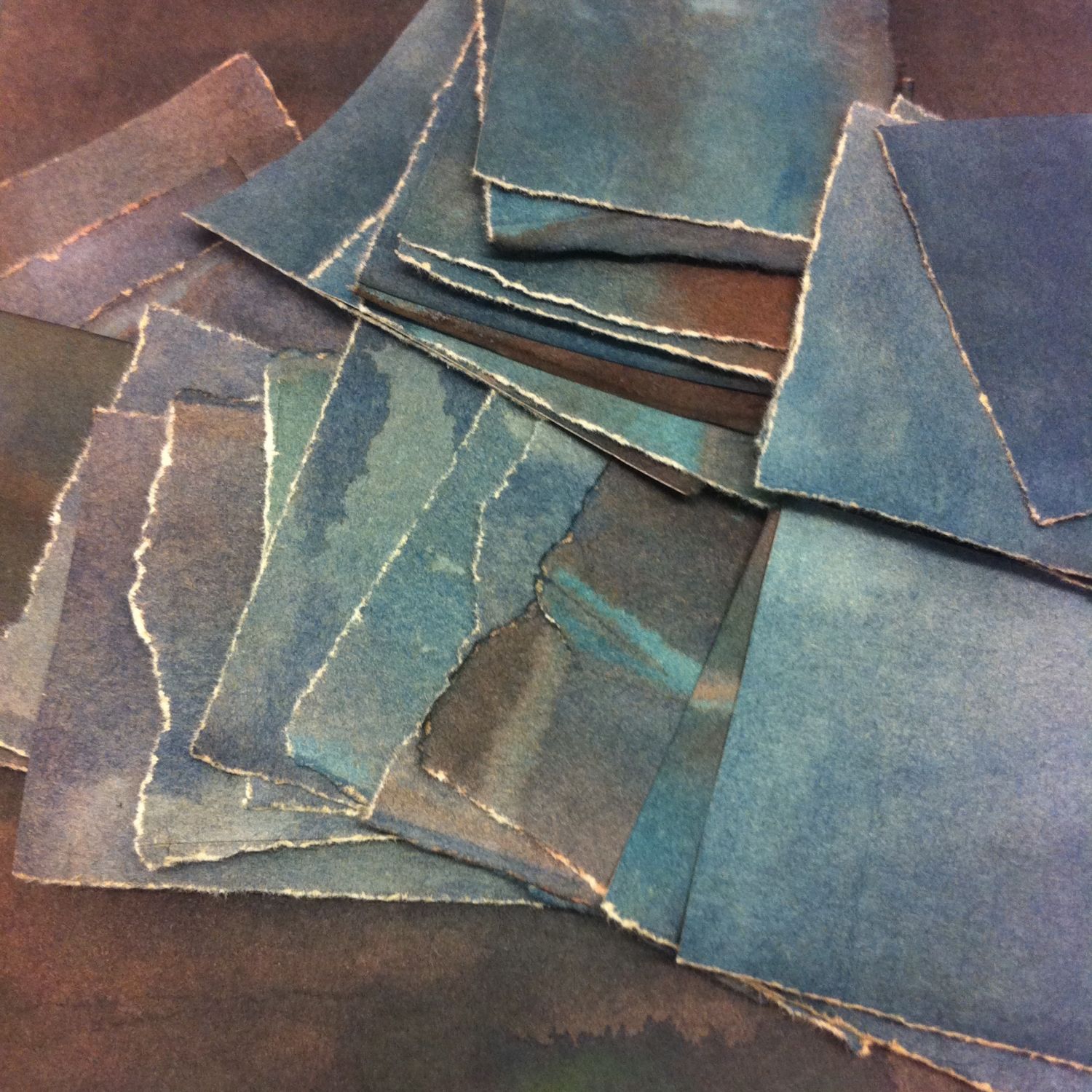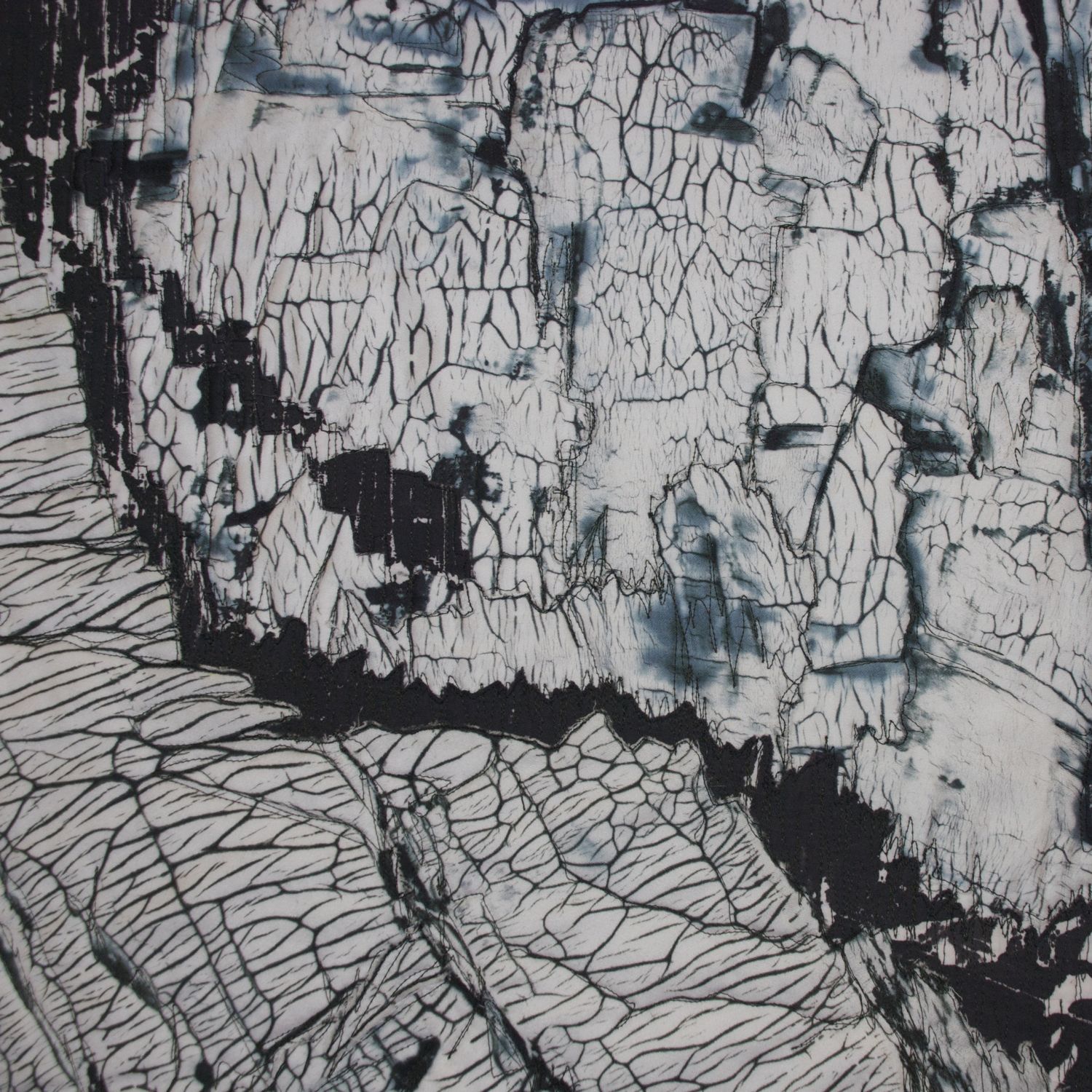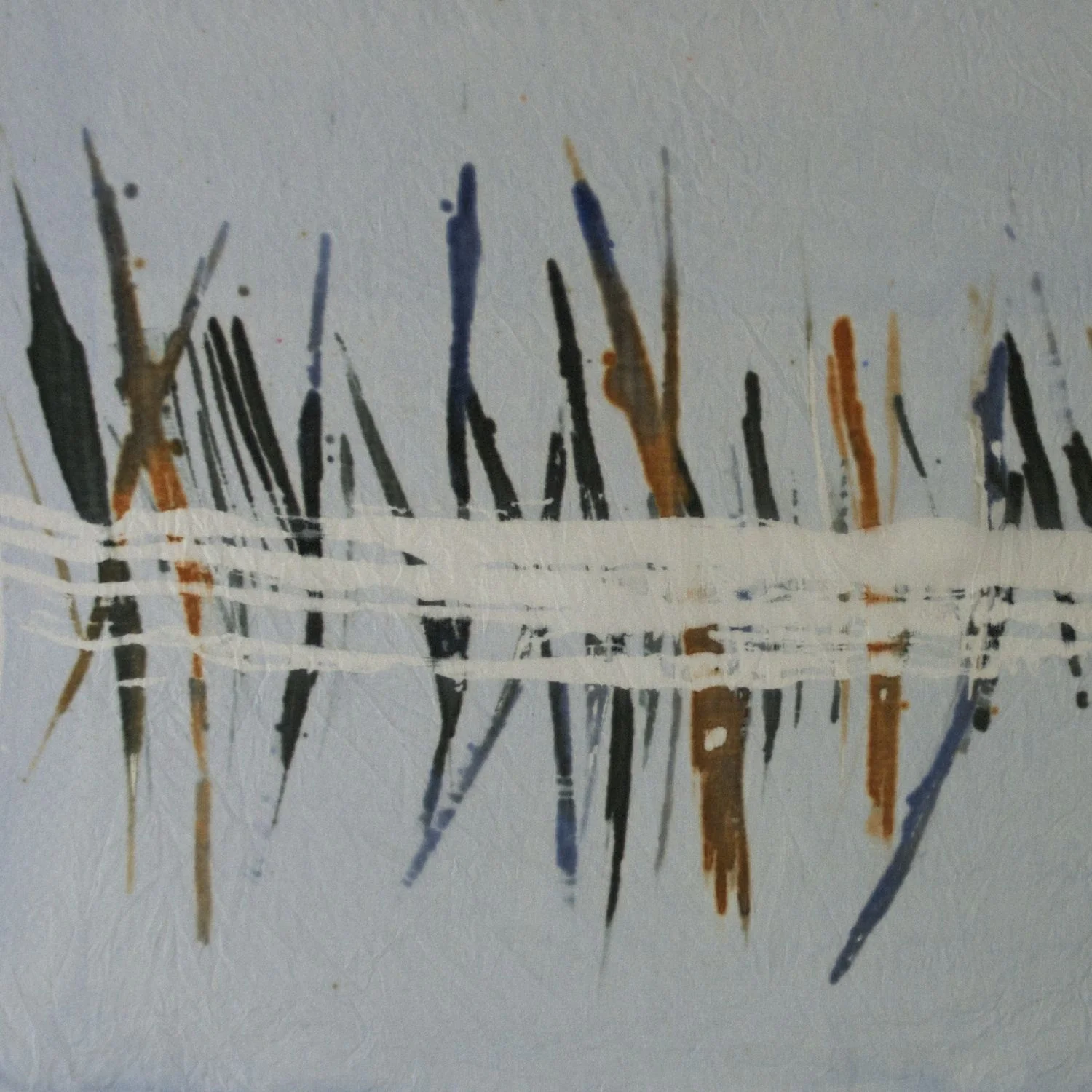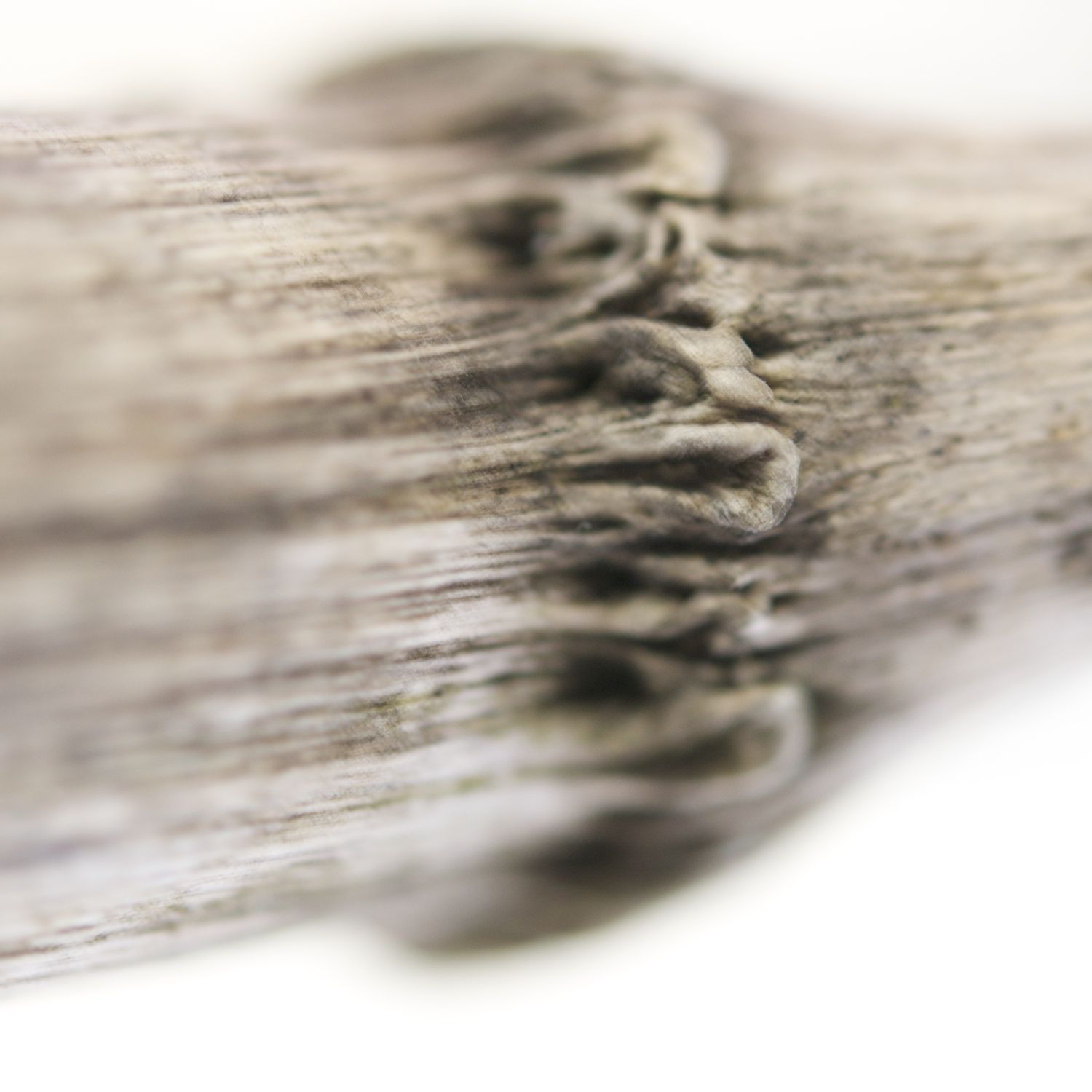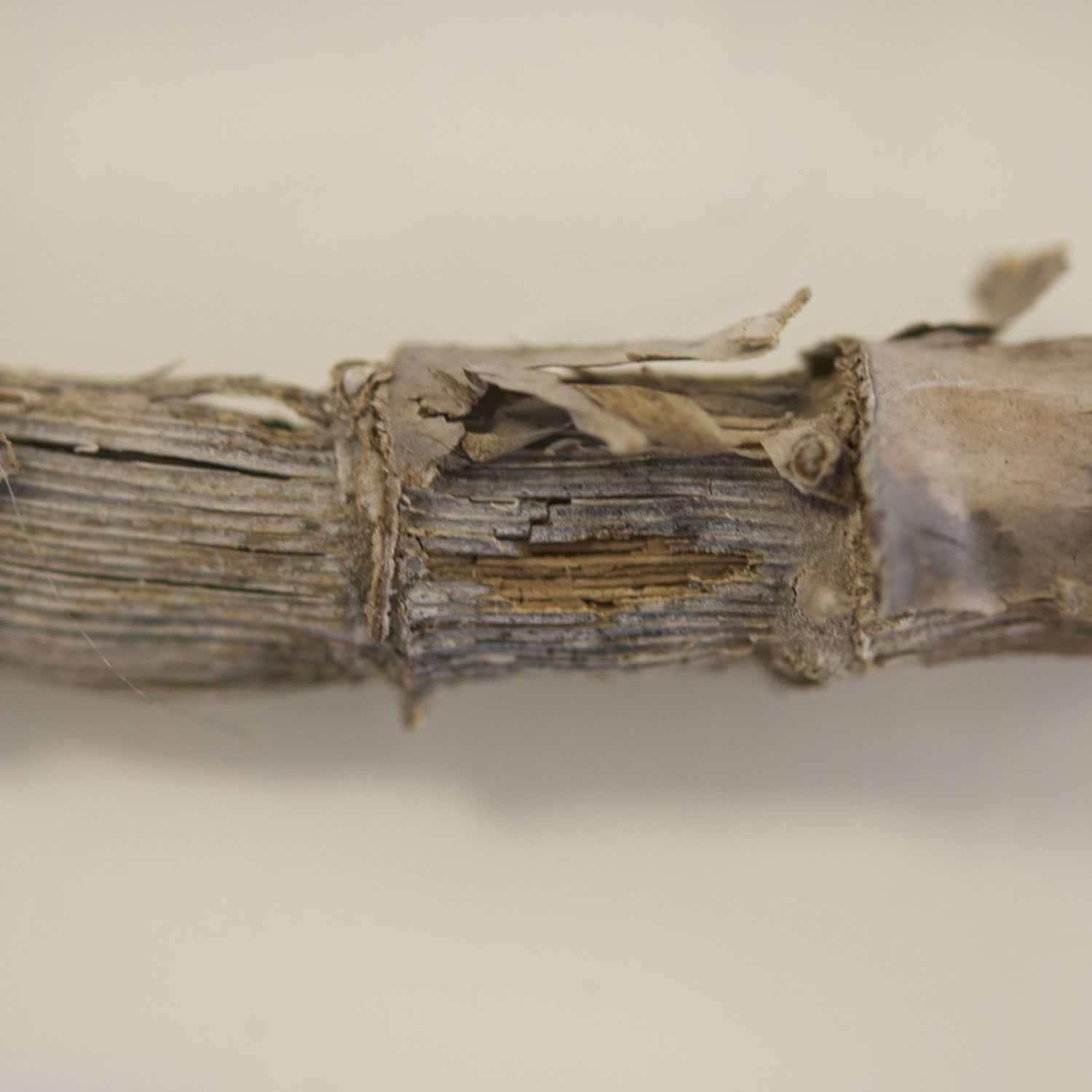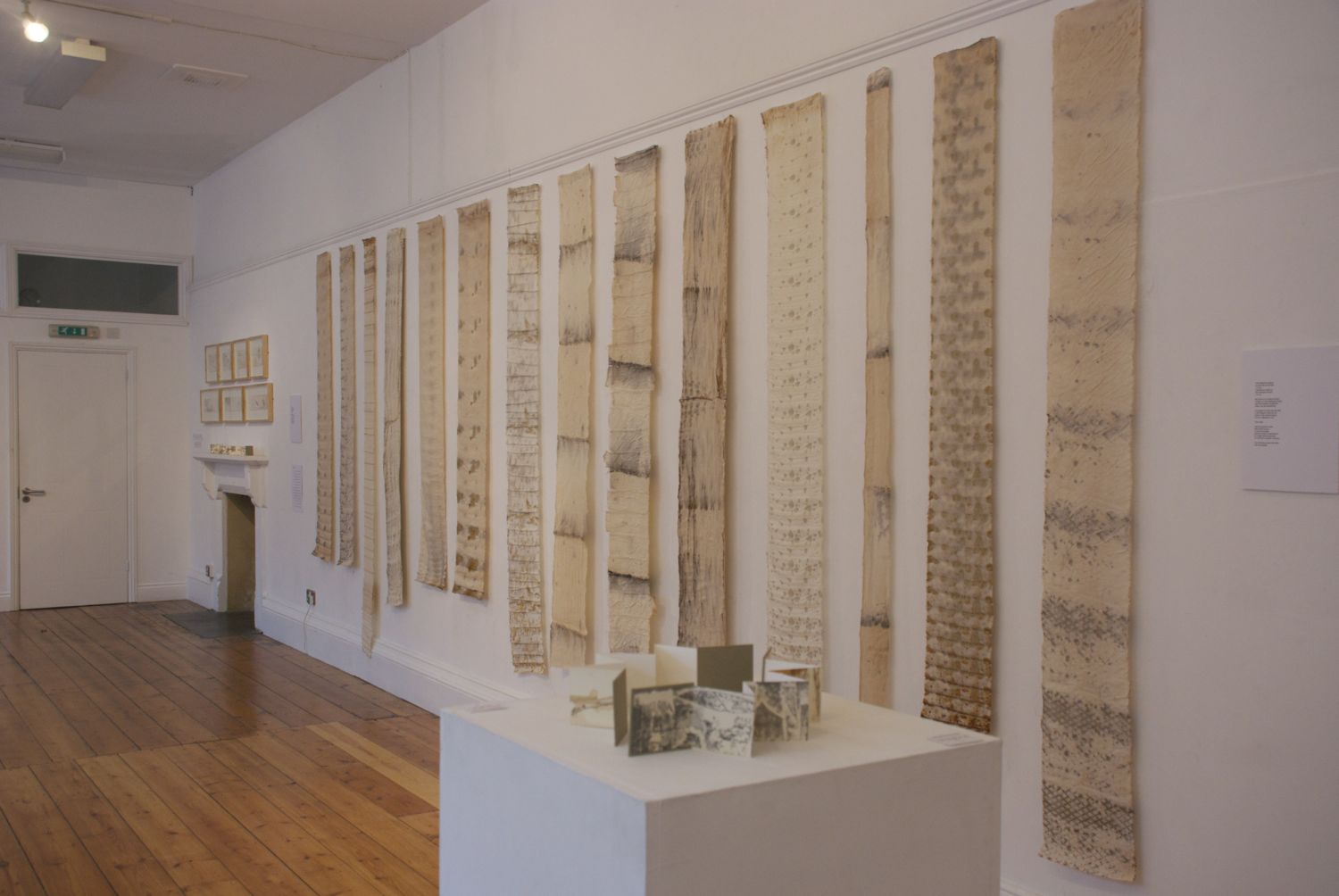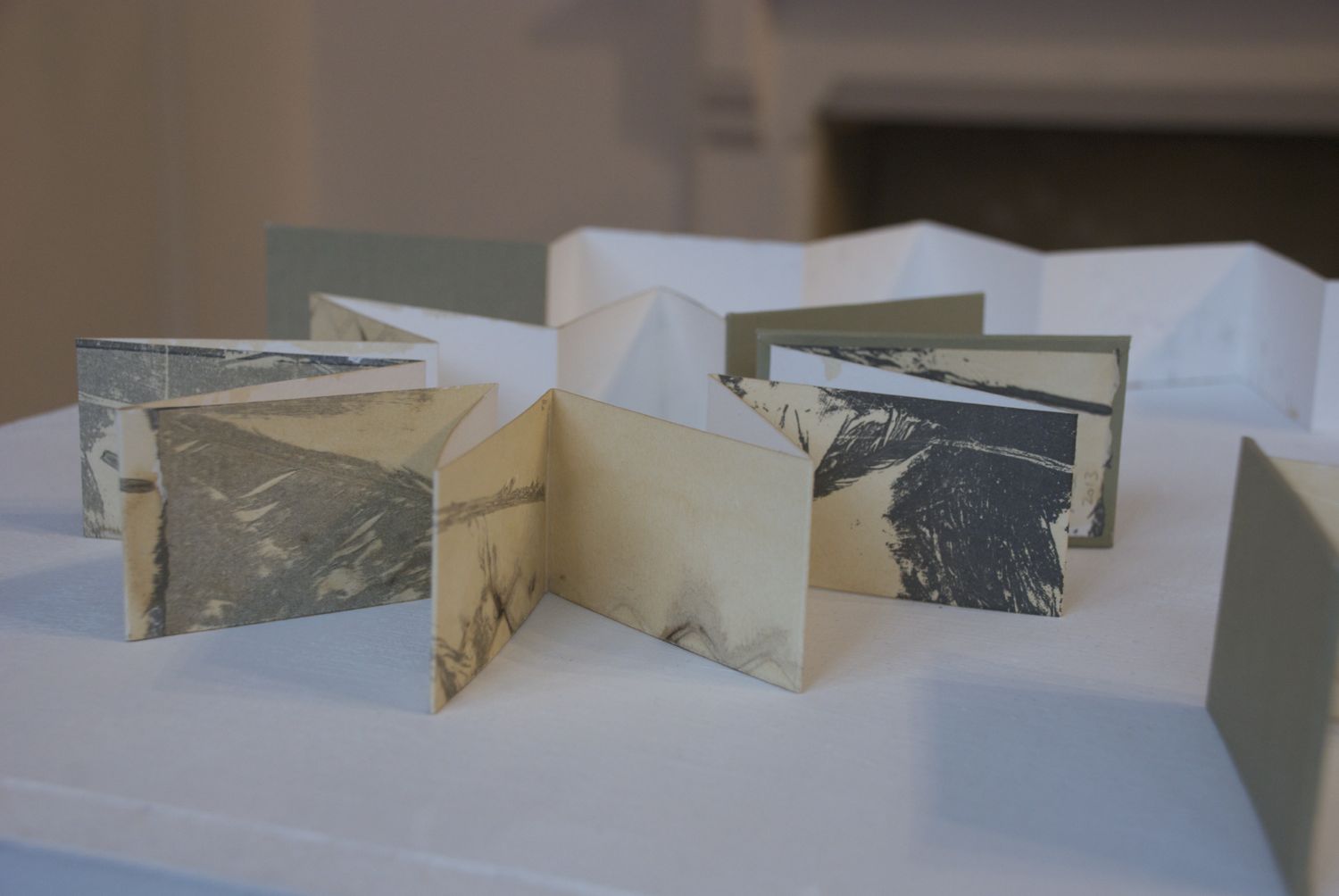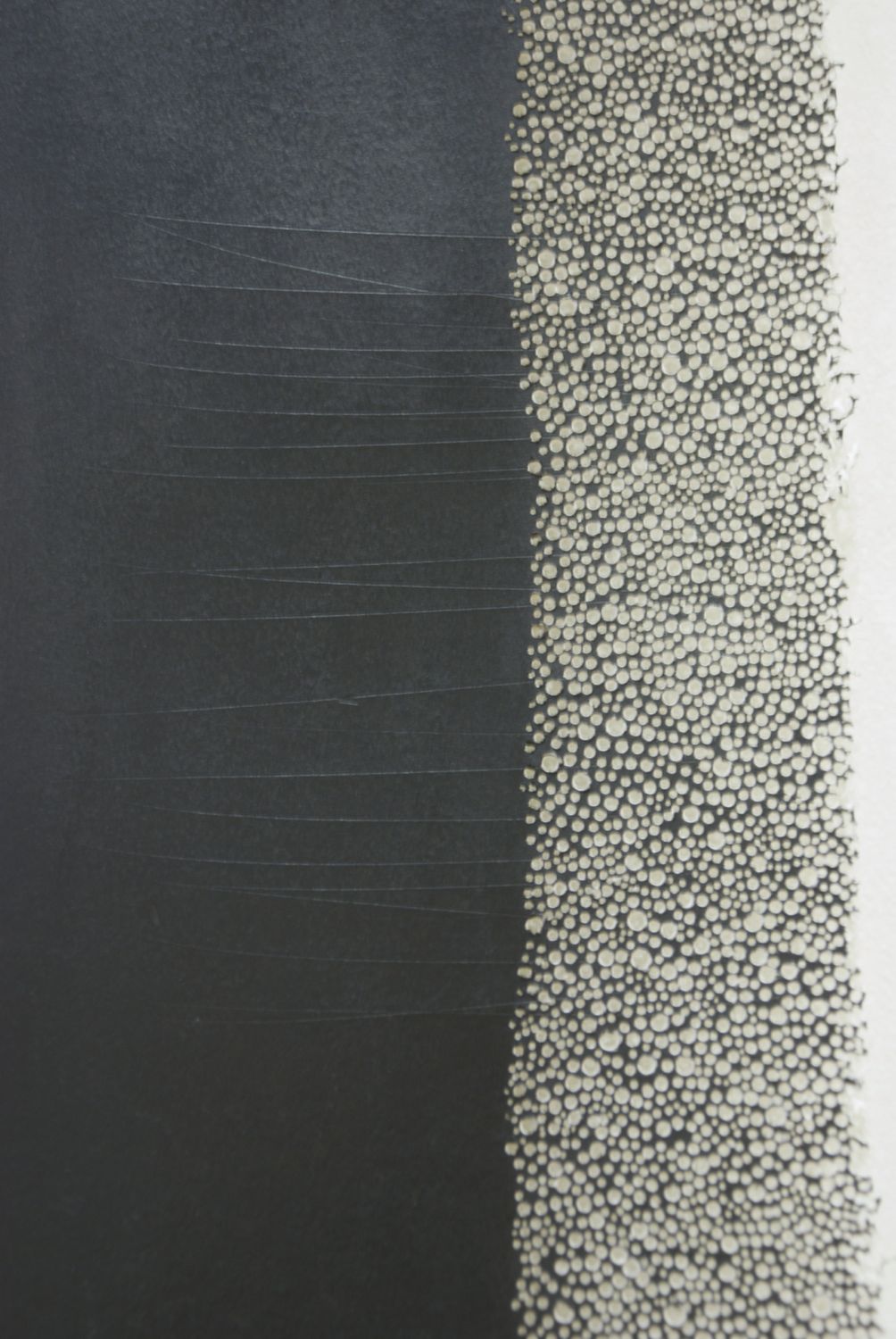I spent almost the whole of last week at West Dean on a short course with Michael Brennand-Wood. The park and gardens were in their full autumn glory. Early morning walks started in fog or mist and ended in sunshine. I love the way the mist obscures background detail and emphasises outlines - like a Chinese painting ... but with sheep.
The rest of each day was spent working intensely in the workshop studio. The theme of Brennand-Wood's course was subtraction, erasure and conjecture - what happens when information is taken away or physical details removed or rearranged? At what point does this process of subtraction result in something new? Now, this post isn't directly about the workshop - I will be digesting what I did and what I learned from that for a while I think. However the work we did (mine and others') plus discussions within the group did lead me to think about fragments.
“Fragment:
1. A part broken off or detached from the whole
2. Something incomplete; an odd bit or piece
3. To break up into fragments ...
In order for an object or form to be perceived as a fragment there must be a clear sense of a whole. ...
There is an instinctive tendency in humans to establish a relationship between elements wherever possible. Even subtle clues are often sufficient to trigger connections between one unit and another. ...
Fragments introduce the notion of mystery or puzzle-solving.”
Fragments have a particular aesthetic - think of ruined buildings, patched or worn textiles, broken ceramic or corroded metal. These things have a past. And it is the signs of wear, age or use that often attract us. But our need to make sense of them - to fit things back together, whether in our imagination or in reality - can create its own problems of interpretation. In the absence of complete information, we make assumptions, guess and impose our own beliefs about how the original thing should look. Sometimes this will create a new identity for the object we're trying to reconstruct. Sometimes this will exaggerate certain features, taking them out of context in a way that actually makes the object more abstract.
In the same way, our minds record fragments of information and we piece them together in the way that makes sense to us. This applies to how we experience being in the landscape too. When we are actually there we are immersed and surrounded by sensory impressions. But in order to process this experience, we focus on particular fragments of those impressions - specific sights, sounds, smells - we remember a place in fragments. Or so it seems to me. And likewise, the photos I take and the objects I pick up preserve physical fragments of that experience.
Found objects are usually themselves fragments - things that have been used and discarded; things that have been weathered, shed or dropped as part of a natural process of ageing or growth. Part of their attraction is sometimes that physical connection with something - the animal's bone; the bird's feather, a place. But the finding can be as important as the object. It's not the same when someone gives me a stone or a shell as opposed to when I find it myself. The objects I find are associated directly with a place and time. Sometimes very specifically, so that it is enough to look at the object to remember other details about the day I found it. Whereas when someone gives me something they have found, the association is with the person, the circumstances of the giving and whatever they tell me about it. So the found object is not independent of the context in which it is found.
These thoughts are fragmentary. I can sense that they are interconnected in ways I don't fully understand - part of a larger idea. Meanwhile I am looking at images of objects that are fragmented or pieced together from many smaller pieces. We'll see if this leads somewhere.









